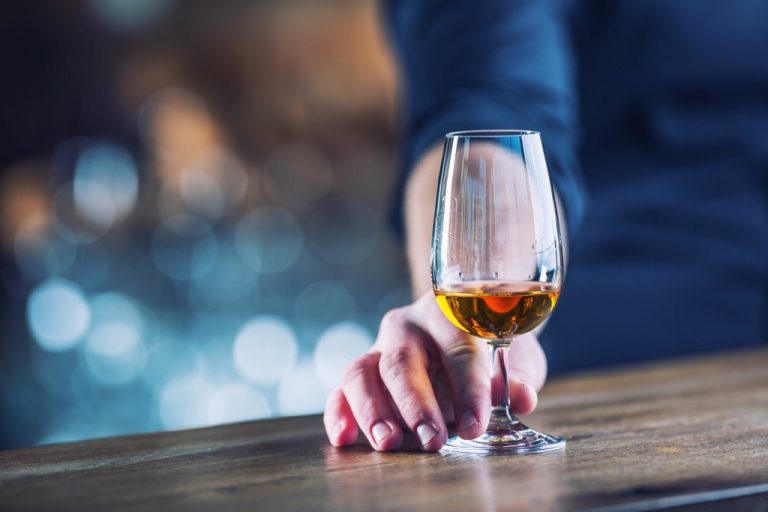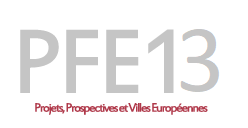Naltrexone is not a cure for alcohol use disorder, but it can be an aid for people hoping to cut down or totally stop drinking. Click here to hear author and actress Claudia Christian discuss the Sinclair Method on our YouTube channel. By repeatedly taking naltrexone with each drinking encounter, the brain’s associations between alcohol and pleasure weakens. This is because the rewards from alcohol get roadblocked by naltrexone, not reinforced.
Think you have a drinking problem?
They argue TSM might inadvertently reinforce some usage patterns if compliance with the pill is inconsistent. Some 12-step communities remain skeptical of a method that “allows” drinking, potentially conflicting with an abstinence ethos. Time Your Dose– About 1 hour before the first drink, ingest naltrexone. By the time you begin sipping, opioid receptors are what is alcoholism largely blocked.– If you spontaneously decide to drink with less than an hour’s notice, it’s recommended to take the medication anyway, even if not perfectly timed.
How to Choose: Daily vs. Targeted Naltrexone (TSM)

The answer, supported by scientific research, success rates, and countless personal success stories, is a resounding yes for many individuals. However, it’s important to note that TSM, like any treatment, may not be universally effective. Success depends on adherence to the protocol, individual biological responses, and, often, the incorporation of supportive therapies. You may have heard the term The Sinclair Method (TSM) to describe the use of naltrexone to treat alcohol use disorder. First, how could one assume that a true alcoholic would comply with the medication dosing schedule? An alcoholic is seeking pleasure from drinking or taking a medication that makes them sick.
- The Sinclair Method (TSM) offers a revolutionary approach by focusing on gradual reduction and control, providing a beacon of hope for those struggling with alcohol addiction.
- Eventually, the drink-equals-reward pattern gets interrupted because alcohol no longer presents that feel-good sensation.
- Click here to hear author and actress Claudia Christian discuss the Sinclair Method on our YouTube channel.
- Skypoint Recovery focuses exclusively on men, creating a supportive environment designed to empower lasting recovery.
- In this article, you will learn about this medication-based protocol for treating AUD and how it compares to traditional treatment.
The status of naltrexone in the treatment of alcohol dependence: specific effects on heavy drinking.

This process involves the use of medication to disrupt the brain’s reward system, specifically targeting the reinforcement mechanisms that make alcohol consumption pleasurable. The Sinclair Method (TSM) is a new way to treat Alcohol Use Disorder (AUD) that uses drugs, specifically naltrexone, to promote recovery. This method has the unique characteristic of allowing people with AUD to consume alcohol while taking naltrexone.
Rewiring the Brain
Yes, there are alternative medications to naltrexone for alcohol reduction. These medications work differently from naltrexone but are also approved for managing alcohol use disorder (AUD). You may have triggers — such as stress, anxiety, or interpersonal relationship issues — that https://ecosoberhouse.com/article/what-is-the-sinclair-method-for-alcohol-addiction-recovery/ spark the urge to drink. A mental health professional can help you develop coping strategies that don’t involve alcohol. A key component of TSM is taking naltrexone every time before drinking so your brain no longer connects alcohol with a bonus.
Thrive offers personalized coaching options, with a TSM coach always just a click away. All of the information on this page has been reviewed and verified by a certified addiction professional. The Sinclair Method is an affordable, realistic, and flexible treatment option that has a high rate of success.

Why Choose TSM?
This makes it a safe option for long-term use under medical supervision. As this process continues, individuals begin to reduce drinking naturally because the reinforcement that once made drinking so appealing is no longer there. This allows for a gradual decline in alcohol intake, and over time, many people can either maintain sobriety or achieve controlled drinking that feels manageable and safe. Yes, TSM can be used with other medications, but compatibility depends on the specific drugs involved. Naltrexone, the primary medication in the Sinclair Method, is considered safe when combined with many common medications, including antidepressants.
Most common symptoms include mild nausea, abdominal cramps, restlessness, bone or joint pain, myalgia, and difficulty sleeping. Though very rare, naltrexone can elevate liver enzymes, necessitating periodic blood testing for to detect this condition. Erin is a Nurse Practitioner with 8 years of experience in midwifery and women’s health. She has spent the past 5 years specializing in the treatment of opioid and alcohol use disorders. It would take rigorous discipline to take something that would deter them from experiencing the high from activating the reward center in their brain.
Disability profiles supported in our website
The Sinclair Method represents a paradigm shift in the treatment of alcohol addiction. By leveraging the power of pharmacological extinction, TSM offers a realistic, flexible, and effective approach for those struggling with alcohol dependency. While it may not be suitable for everyone, its success stories, high success rate, and potential to minimize withdrawal symptoms make it a compelling option.
Over time, your brain’s association between alcohol and pleasure breaks down. This is the essence of pharmacological extinction — and why the method is so effective. Although the Sinclair Method can be self-directed, it’s best practiced under the guidance of a healthcare professional. Medical support helps ensure appropriate dosage, monitors side effects, and can include medical management counseling, group therapy, or behavioral interventions to support the recovery process.

COMMENTAIRES